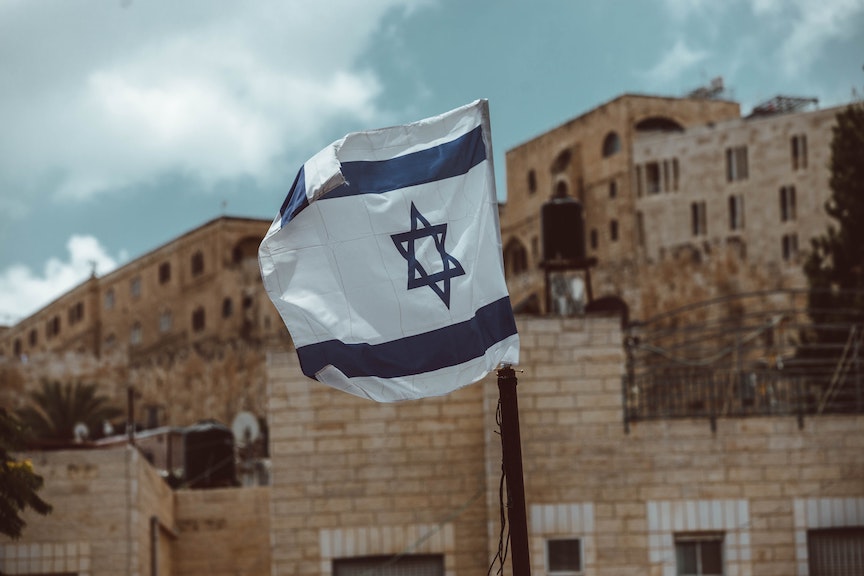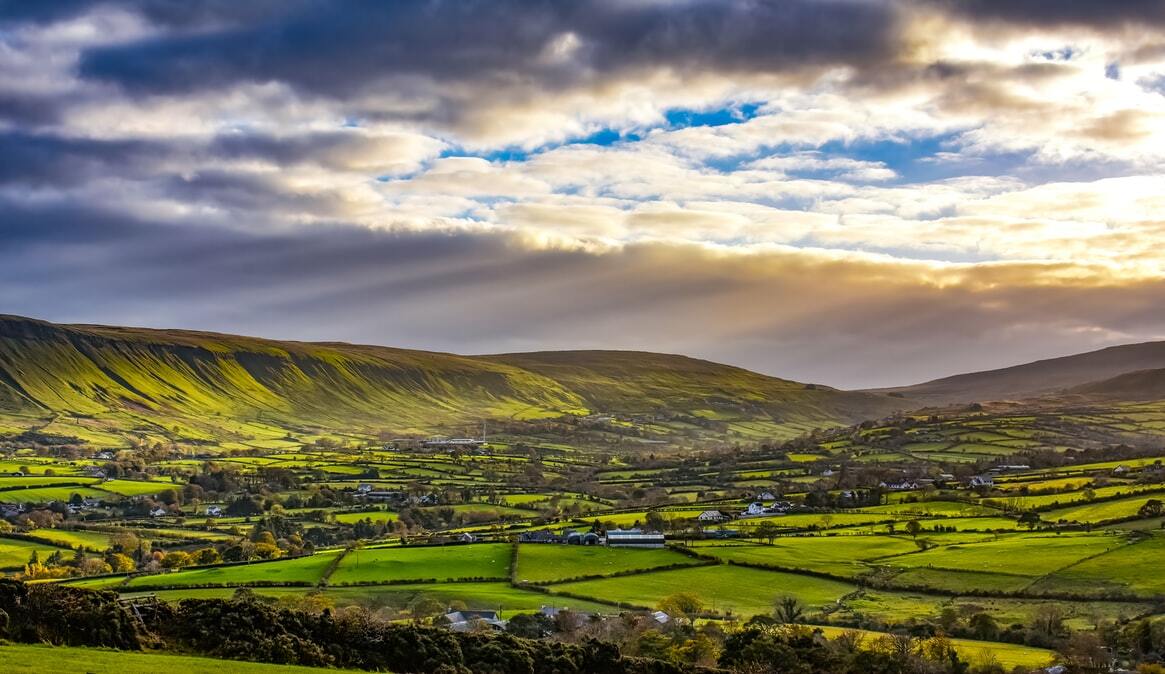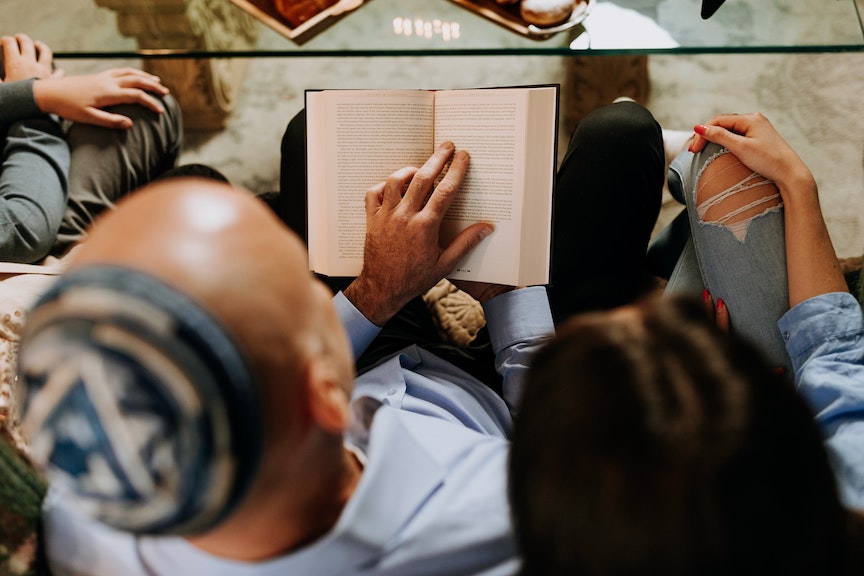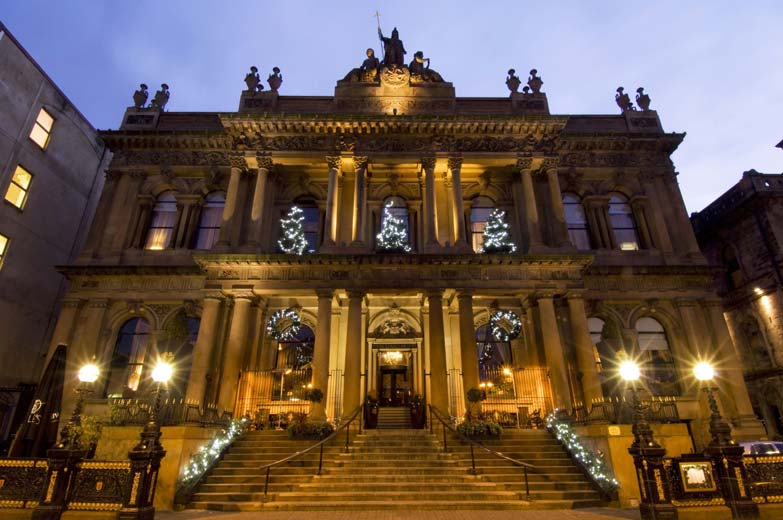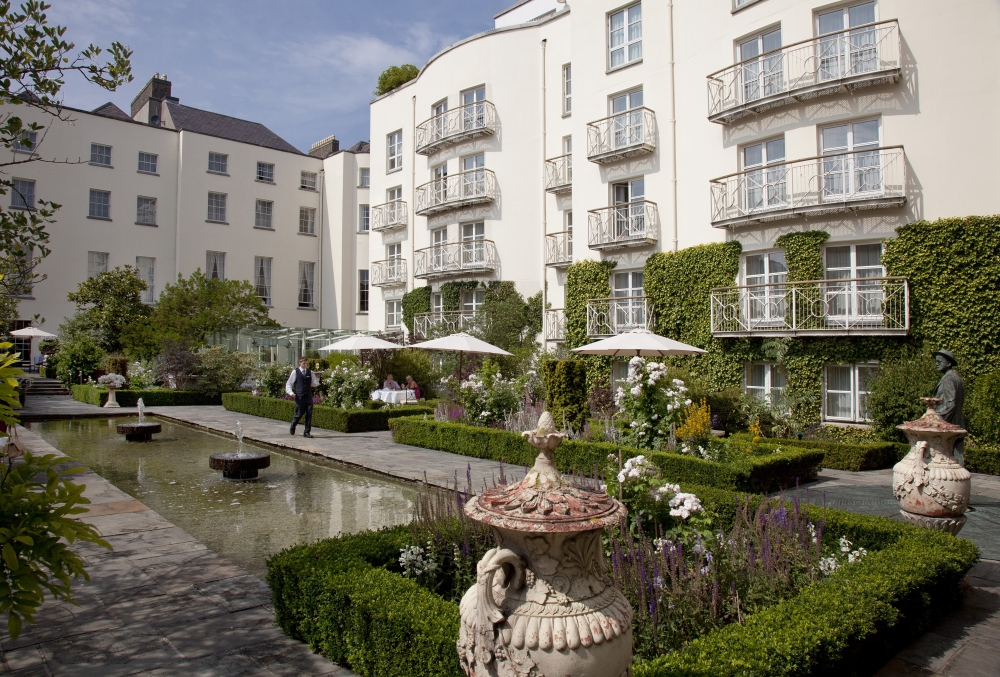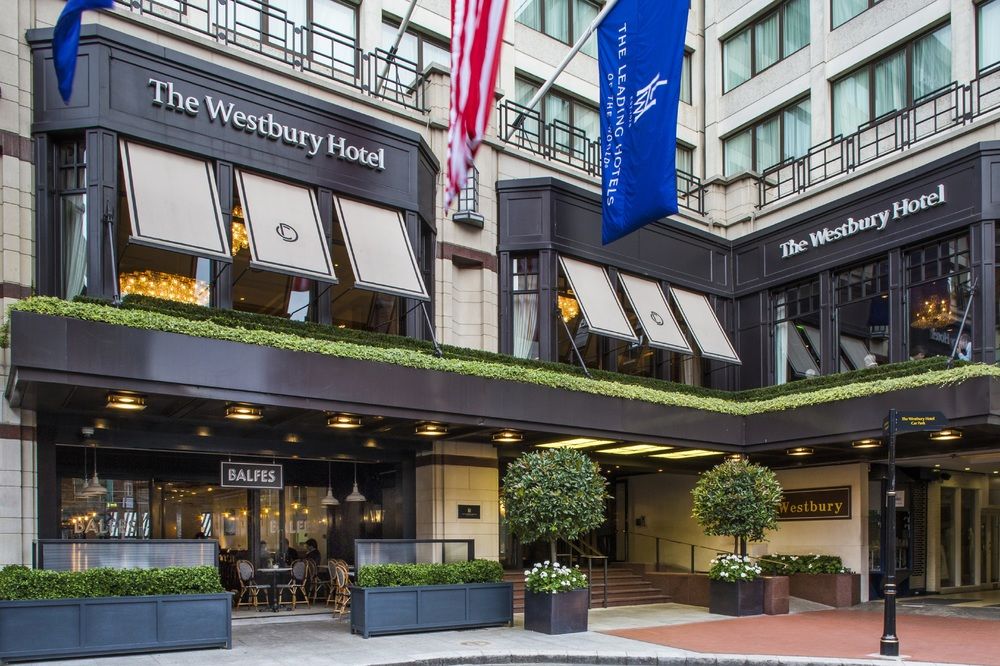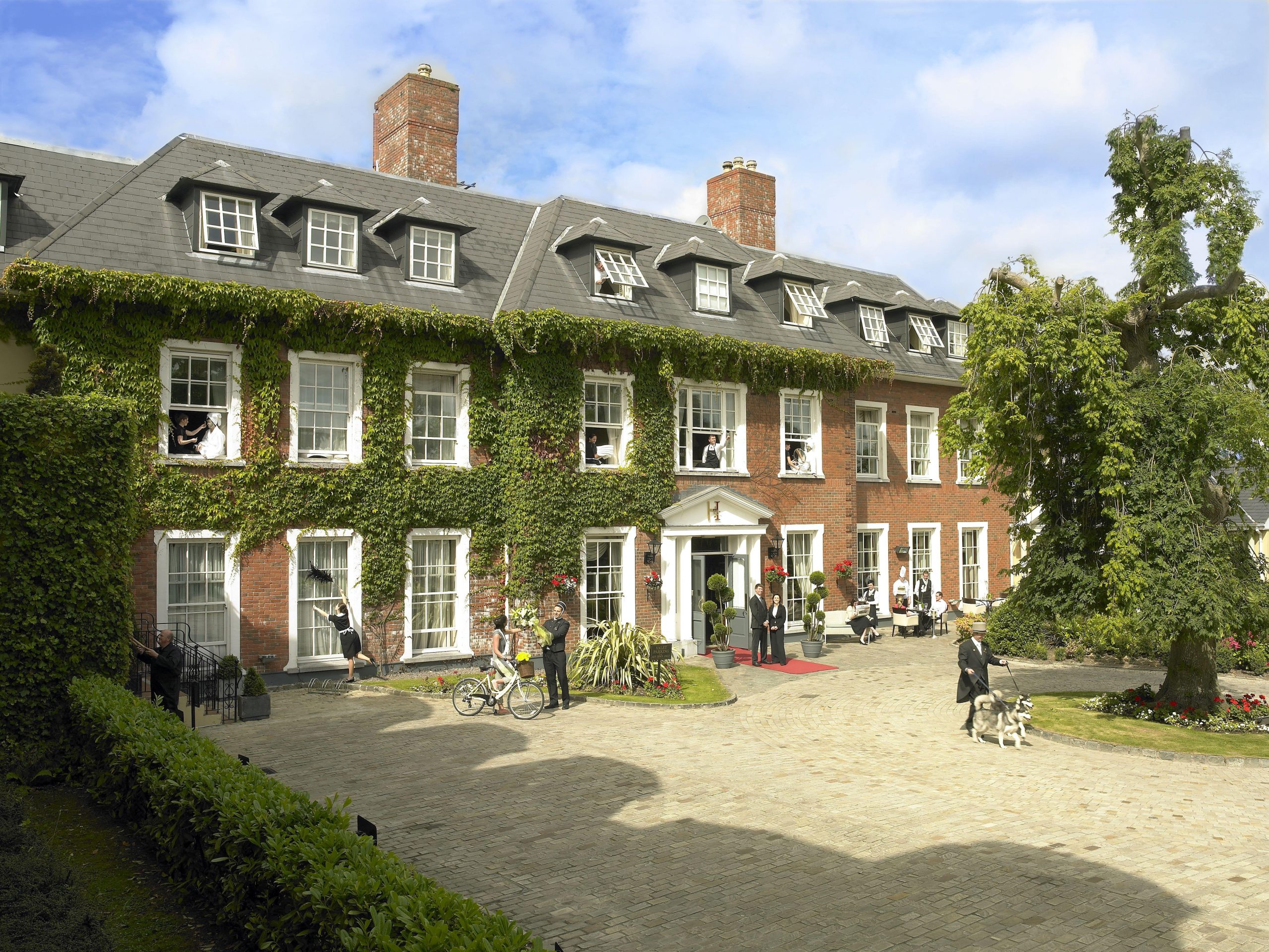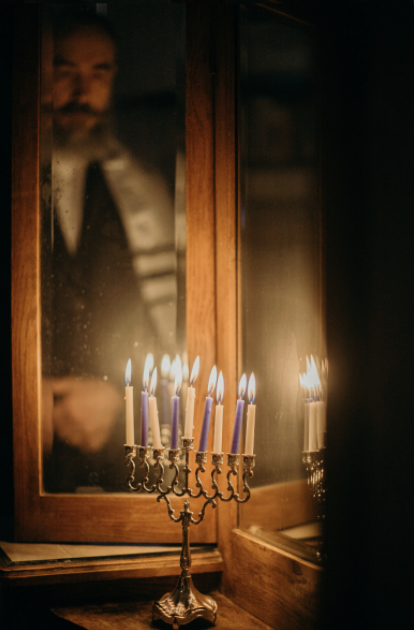
Shalom Ireland | Exploring the Jewish History of Ireland
One might not necessarily associate “Jewish” and “Ireland” together; however, there is a great Jewish history spanning from Belfast to the Irish capital city of Dublin to Cork. Embark on a journey to uncover the the island of Ireland’s Jewish heritage and its fascinating place in history.
Highlights
- Jewish Heritage Walking Tours through Belfast, Cork, & Dublin
- Explore Wonderful Scenic Landscapes
- Brewery & Traditional Musical Pub Tours
Gain Insight on the Jewish History of Ireland
Family
Nature & Coastal Outings
Experience Overview
One might not necessarily associate “Jewish” and “Ireland” together; however, there is a great Jewish history spanning from Belfast to the Irish capital city of Dublin to Cork. Learn about the history of the Jewish community in Ireland and their present circumstances. You will also marvel at some of the island of Ireland’s most stunning landscapes, including the Giants Causeway and the Wicklow Mountains. This nine day itinerary also captures the importance of music both in the Irish and Jewish cultures, as you participate in activities that highlight song and dance.
Sample Itinerary
Belfast
Welcome to Northern Ireland! Arrive into Belfast and meet your driver guide at the airport arrivals hall. Shaped by the turbulent events of the 20th century, Belfast is both historically and politically important. Yet over the years, Belfast has been shaking off its troubled reputation and today is a vibrant and exciting city with lots to offer.
Grab an early lunch at the St. George’s Market. There has been a Friday market on the St. George’s site since 1604. The present St. George’s Market, built between 1890 and 1896, is one of Belfast’s oldest attractions. Continue with a walking tour of Belfast and stroll through Ten Square, an early linen mill run by prominent members of the local Jewish Community. See the site of the first Belfast synagogue on Great Victoria Street. Spend the afternoon touring Belfast’s colorful and powerful political murals along Shankill Road, the Peace Wall, and Falls Road. Take time for reflection at the Art of the Troubles gallery in the Ulster Museum.
Antrim Coast
Today you’ll be exploring the breathtaking Antrim Coast with a step-on guide who’s the world leading expert in the Giant’s Causeway and all the hidden gems along the coast. You’ll visit the Giants Causeway, Carrick-rede-rope bridge and Dunluce Castle.
An atmospheric ruin, set against on a steep cliff edge in north County Antrim, Dunlace Castle is imbued with myth and fable. The castle dates back to 1500, when it was made by the MacQuillan family. A local legend says that the castle was abandoned after the kitchen collapsed into the sea, taking the cooks with it. The mystery of the castle has inspired writers and filmmakers alike: from C.S. Lewis’s Narnia to the TV series Game Of Thrones.
Belfast
Begin the day with a visit the Jewish cemetery plot in Carnmoney for a broad view of the industrial heritage and political history of Belfast. The expansion of the Jewish population in Belfast through the early twentieth century created a need for a secondary cemetery beyond the one in the city itself. Then, visit the modern Belfast Synagogue to learn about the role that the Jewish community played during the unrest. The synagogue complex was considered a neutral venue and the community hosted efforts at reconciliation between Protestants and Catholics, particularly in troubled North Belfast. Afterwards, see the site of the previous Belfast Synagogue on Annesley Street, now part of the Mater hospital, where the notorious Jewish social club was. Lastly, take a tour of the former checkpoints and discuss how the peace process has evolved and how the Troubles in Ireland relate to the Conflict in the Middle East.
Dublin
Depart Belfast and venture to Dublin. Dublin has long been a centre of art and culture. Stroll through the elegant Georgian streets of Merrion and Fitzwilliam Squares, shop in the elegant emporiums of Grafton Street and Powerscourt Townhouse, explore the collections of the National Museum and National Gallery, the Irish Museum of Modern Art, and many fine small private collections. The city is over a thousand years old, and many of the towns and settlements that surround it are equally ancient. Successive centuries have left their distinctive overlays of character and architecture which means that Dublin has a wealth of historically significant and fascinating sights to explore such as Dublin Castle, where the Normans ruled from the 12th Century, St Patrick’s Cathedral, of which Jonathan Swift was Dean, and Trinity College, famous for The Book of Kells and for its alumni who include Oscar Wilde and Oliver Goldsmith.
Spend the day on a walking tour of Dublin. Learn about the role of Jews like the British Jewish politician Baron Lionel de Rothschild and rabbis in New York to offer relief aid during the Great Potato Famine and Irish Jews like Estella Solomons who played a major role in the Easter Rising or Easter Rebellion of 1916 and the Irish War of Independence of 1919-1921. Also, visit some of the city’s iconic sights, which include Trinity College & The Book of Kells, City Hall, GPS, and Kilmainham Gaol.
Dublin
Take today to embrace Dublin’s Jewish culture. In the morning, enjoy a snack from the Bretzel Jewish Bakery in the Portobello neighborhood. Then, tour the Irish Jewish Museum. After, visit 33 Bloomfield Avenue, the home of Rabbi Dr. Isaac Herzog, the first Chief Rabbi of Ireland and father of Dr. Chaim Herzog, an Israeli politician, general, lawyer and author who served as the sixth President of Israel between 1983 and 1993. Learn about Rabbi Herzog’s close ties with Sinn Fein, the Irish Republican Party seeking to end British rule in Northern Ireland. Also, learn about Robert Briscoe, an Orthodox Dubliner, who was the chief IRA agent for procuring German and American arms during the Irish War of Independence and went on to become Dublin’s first Jewish Lord Mayor in 1956. In the evening, then enjoy a traditional music pub crawl of Dublin.
Wicklow & Glendalough
Leave behind Ireland’s capital city and venture to Cork today via Wicklow and Glendalough. Today, experience Wicklow in a very unique and profound way. Start the day being picked up by your private driver guide, who has expert knowledge of Wicklow. He will take you along the coast from Bray to Greystones where you will get to see that famous rugged cliff side landscape. Then you will proceed through Enniskerry – which is famous for being in the film”PS I love you.” The next destination will be the magnificent Glendalough. There, you will meet your famous archaeologist hiking guide, who will share with you his knowledge of the Vikings and provide you with a unique insight into the area and its rich past. He will even bring you to one of the oldest monasteries in Ireland. Once finished, you will be introduced to a local Irish farmer, who will give you an idea of the culture within the country side whilst host your very own private sheepdog demonstration. Wicklow is full of these hidden gems and some of the best sites are not well known or visited by tourists. You will continue the day with a visit to a micro brewery. At the brewery, you will partake in a private tour and learn about the beer-making process as well as all of the subtle nuances of the beers. A delicious Irish lunch with beer pairings will be served following the tour.
Cork
Today, explore Cork City, taking in the sites of Jewish interest. The first wave of Jewish emigration to Cork was in 1772 with the influx of a small community of Sephardic Jews from Portugal. Relatively little is known about this first community. Although they didn’t have a synagogue, a burial ground was discovered at Kemp Street. The community didn’t exceed about 40 people and disappeared through intermarriage with local Protestant families.
Written records from 1891 point to the emergence of a second Jewish community in Cork, following the assimilation of the previous Sephardic community. This community, by contrast, were Ashkenazi from Russia.
It is very unlikely that Cork, Ireland, was the intended destination of these Eastern European immigrants. They had fled persecution in a staunchly Catholic Country. Many among their ranks were also very religious. That they would willingly come to another stronghold of Catholicism, such as Ireland, with no traditional ties to Judaism, seems mostly unlikely. Among various explanations proposed, it may have been the case that an unscrupulous ship-captain advised the Jews to disembark and row to America to save money. Possibly they confused ‘Cork’ for New York (the Jews spoke only Yiddish, and the words are – slightly – cognate).
From Cobh, where they disembarked, the Jews made their way into Cork City, and specifically settled in an area known as Hibernian Buildings, in the City Centre, soon to be known as ‘Jewtown’ by the locals. This initial crop of Jews worked mostly as peddlers, selling door-to-door. They were known, amongst each other, as the vicklemen. They would travel around Cork City and its hinterland knocking on doors and selling various things to the local Catholic farming community.
On the walking tour, you will visit the old synagogue (now a Seventh Day Adventist Church), the site of a Jewish cemetery from the earlier Jewish community in the 1700s, the site of the old mikveh (Jewish ritual bath), two bridges of significance to the Jewish communities past and present, the area where most of the Jewish population lived in the late 1800s/early 1900s nicknamed ‘Jewtown,’ and Shalom Park. Music and song will be performed as part of the tour. You will conclude the tour of Jewish Cork with a visit to Sonny’s Deli in the old Jewish area to pick up and picnic in the park.
Kinsale & Cobh
Meet your driver guide in the lobby of your hotel and explore the quaint seaside villages of Cobh and Kinsale. Cobh (pronounced ‘cove’) is located on a glittering estuary, dotted with brightly coloured houses and overlooked by a splendid cathedral. It’s popular with Corkonians looking for a spot of R&R, and with cruise liners. Each year around 75 visit the port, the second largest natural harbour in the world (after Sydney Harbour in Australia). Cobh was also the final port of call for the Titanic. Here, a poignant museum commemorates the fatal voyage’s point of departure. While in Cobh, you will meet with a famous historian for a private walking tour and learn more about Titanic and the history of the city. You will then continue on to Kinsale. The unique yachting harbour of Kinsale is one of many colourful gems strung along the coastline of County Cork. Narrow, winding streets lined with a fantastic range of top quality shops and boutiques with many unique designs and great gift ideas, galleries, lively bars and superb restaurants, and a handsome natural harbour filled with yachts and guarded by a huge 17th-century fortress make it an engrossing place to visit. While in Kinsale, enjoy a private Kinsale culinary experience where you will sample local produce and visit artisanal shops.
Departure
Enjoy a private transfer to the airport for your departure flight.
DAY 1
Belfast
DAY 2
Antrim Coast
DAY 3
Belfast
DAY 4
Dublin
DAY 5
Dublin
DAY 6
Wicklow & Glendalough
DAY 7
Cork
DAY 8
Kinsale & Cobh
DAY 9
Departure
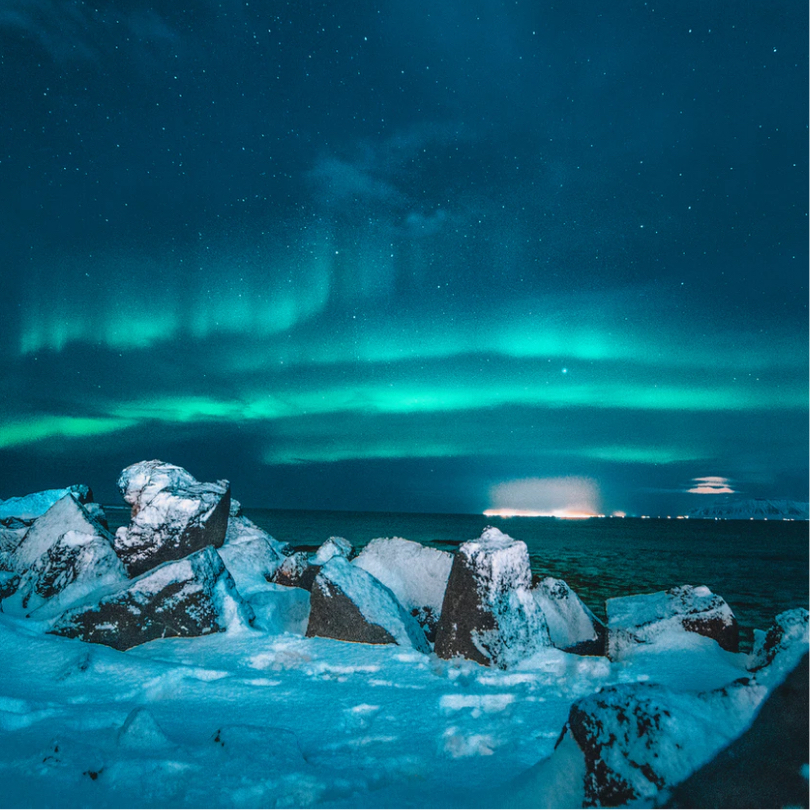
Made to measure
We are Experience
Designers
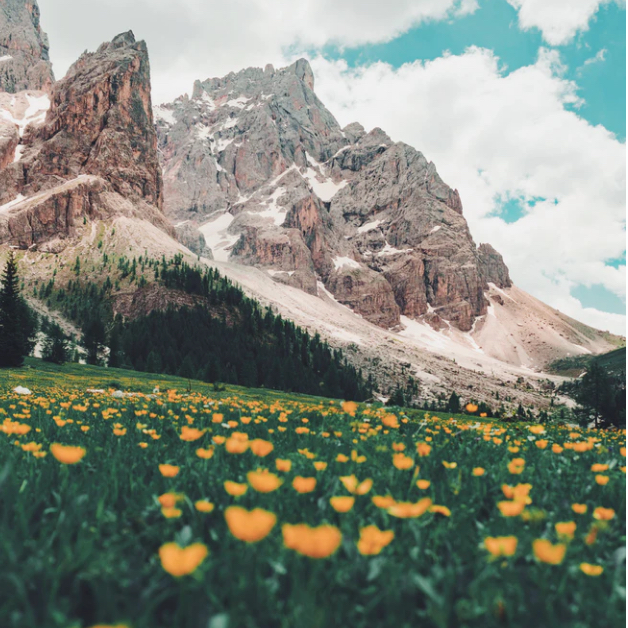
Our team of highly experienced travel designers will guide you from beginning to end as you embark on a tailor-made journey of distinction, enjoying truly exclusive and authentic cultural experiences. We can fulfil your bucket-list dreams.
Speak to usSimilar experiences
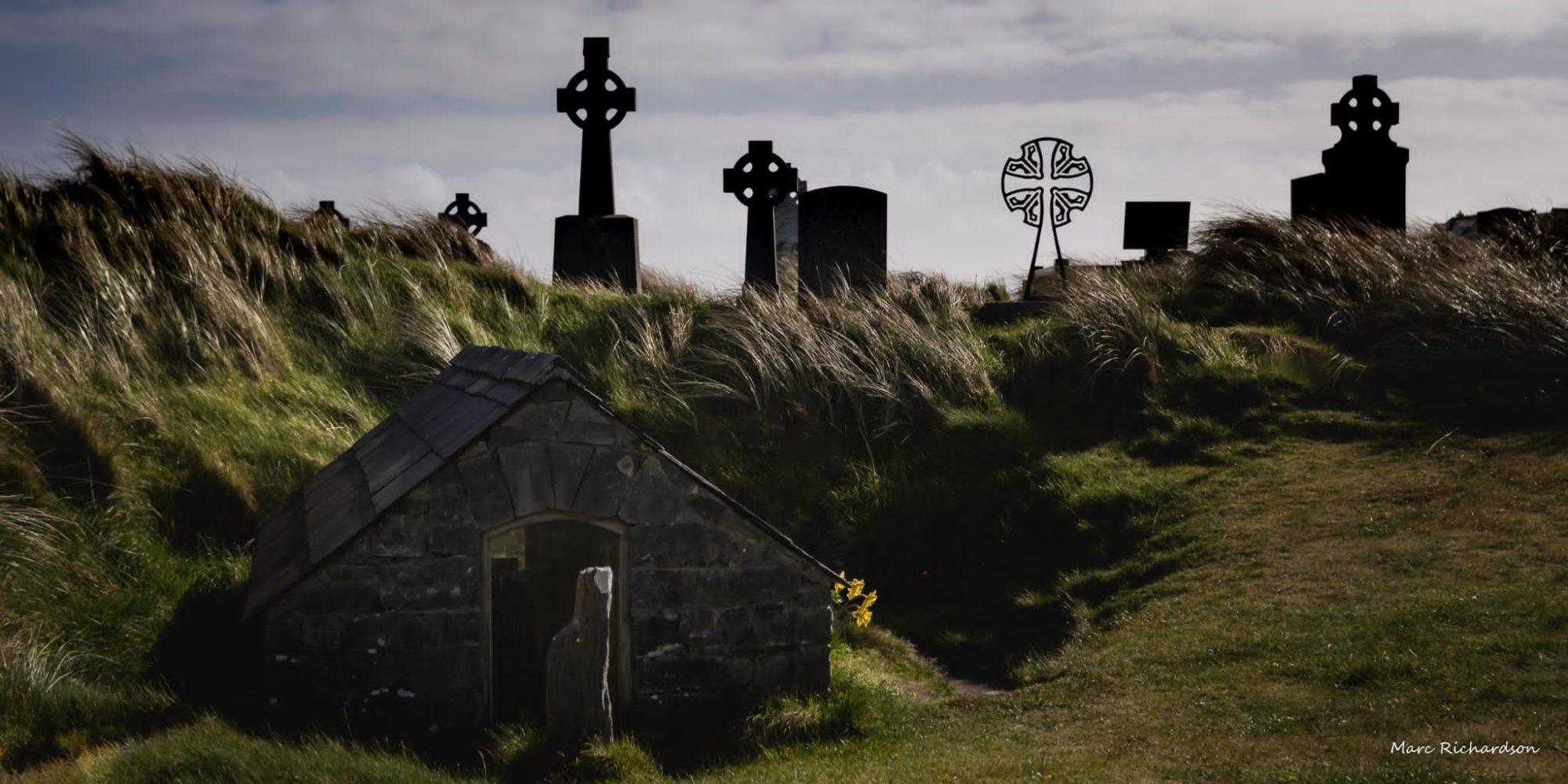
Ireland| Photography
Ultimate Irish Journey for Photography Enthusiasts
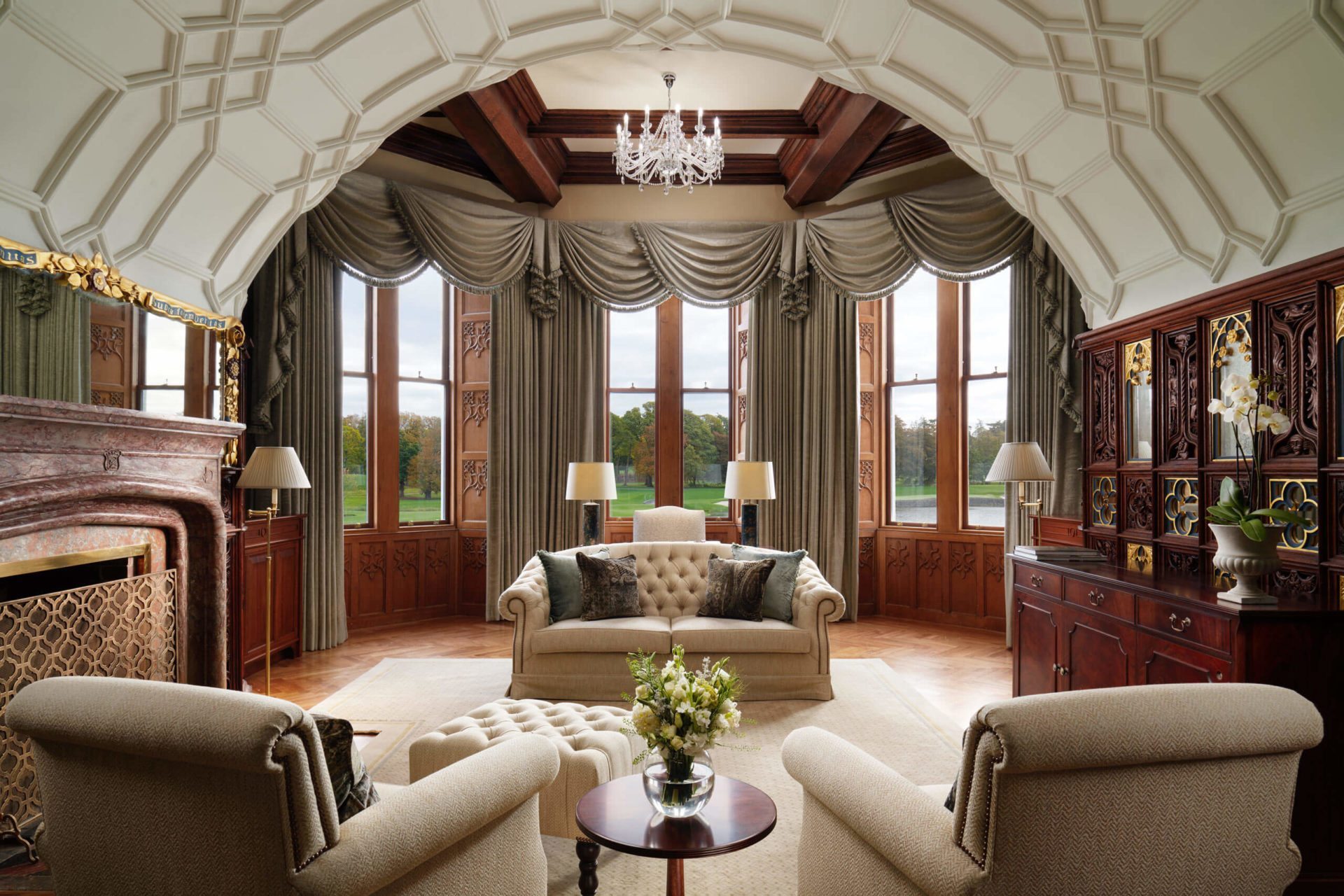
Ireland| Speciality
Irish Glitz and Glamour
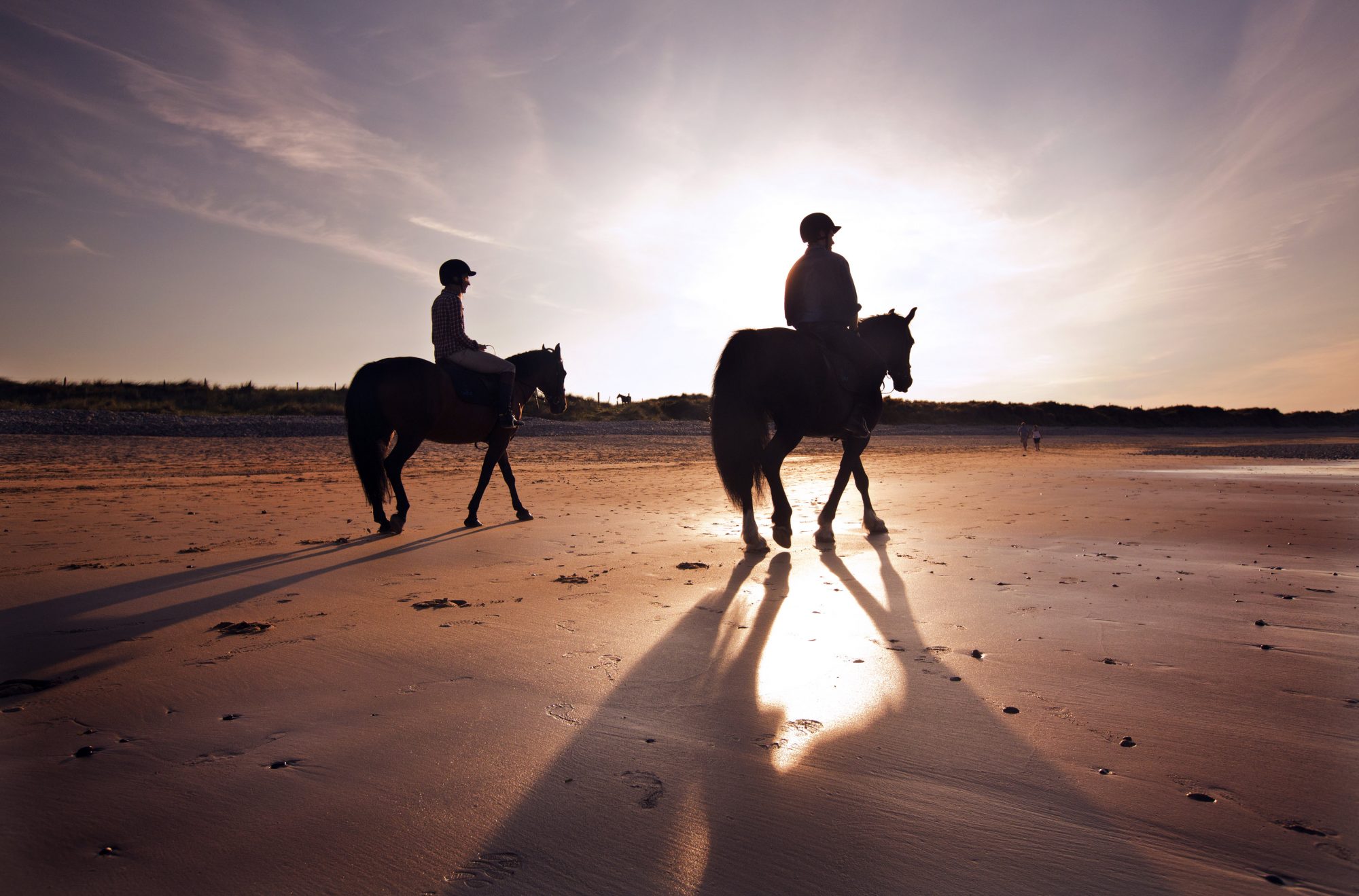
Ireland| Speciality
Equestrian Ireland
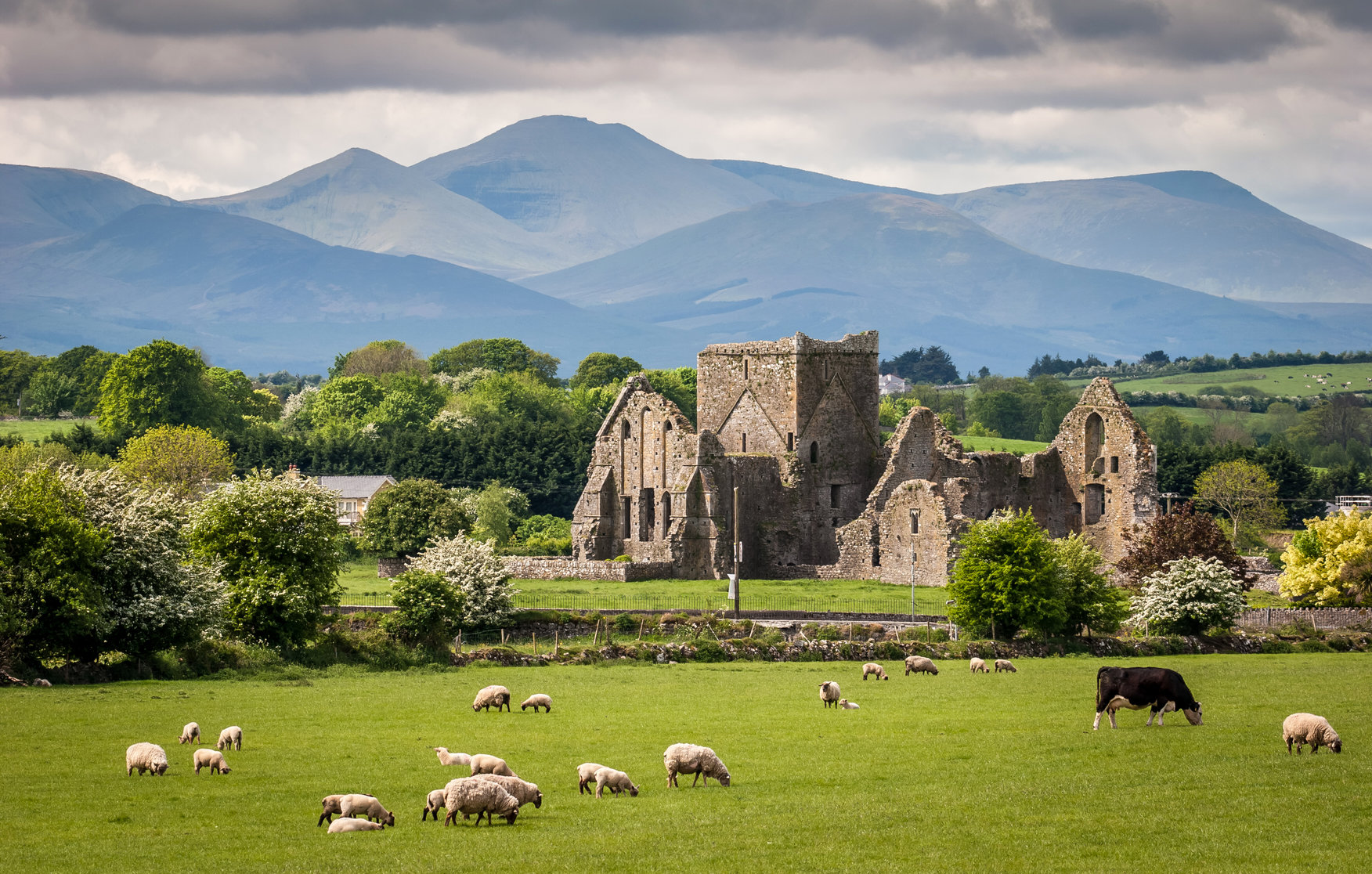
Ireland| Speciality
Gay Ireland

Ireland| Family
Sustainable and Conscientious Travel in Ireland
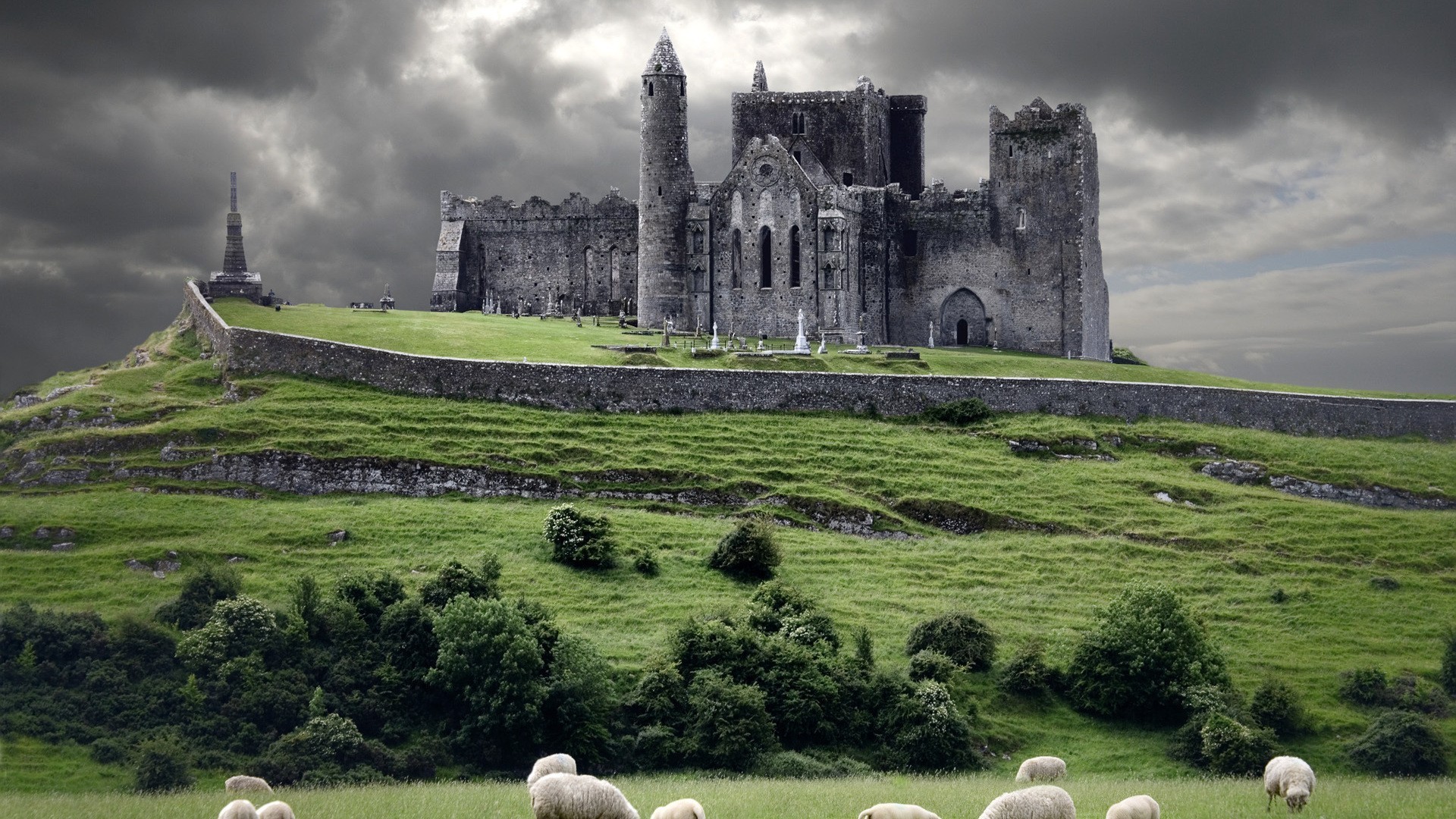
Ireland| Speciality
Ghost Tour of Ireland - Haunted Houses, Hotels & Castles
Get the latest from Adams & Butler: Sign up to our Newsletter
